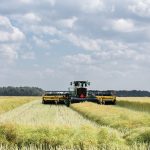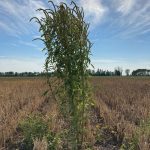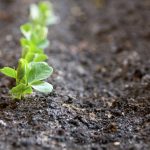
Alberta potatoes chip in $2.9 billion for Canadian economy
New report verifies what many in industry suspected

Tried-and-true soil strengthening tips
An Alberta producer offers a look at his soil health tactics

There’s still a place for swathing in canola operations
If you didn’t plant a shatter-tolerant variety, you’re going to have to swath. But swathing can play a crucial role in other cases as well

Look out for strange weeds this year

How to prevent insecticide resistance from developing on your farm
It doesn’t happen often on the Prairies but when it does product overuse is often to blame

New tool helps canola producers understand variety-specific pod shatter risks
Rating system provides information needed to make harvest timing decisions

Sask. producer takes a ‘tip-to-tail’ look at seeding efficiencies
Saskatchewan farmer (and former researcher) says small changes can lead to savings over time

Count your canola for best results
Online tool helps producers assess plant stands and minimize seed loss

Tips to conserve soil moisture and manage weeds this spring
Plus, where tillage fits in and how and when it could be used

Beneficial insects play key roles on Prairie farms
The benefits of beneficials are many and varied, some parasitize or feed on crop pests while others can pollinate crops and improve seed set


